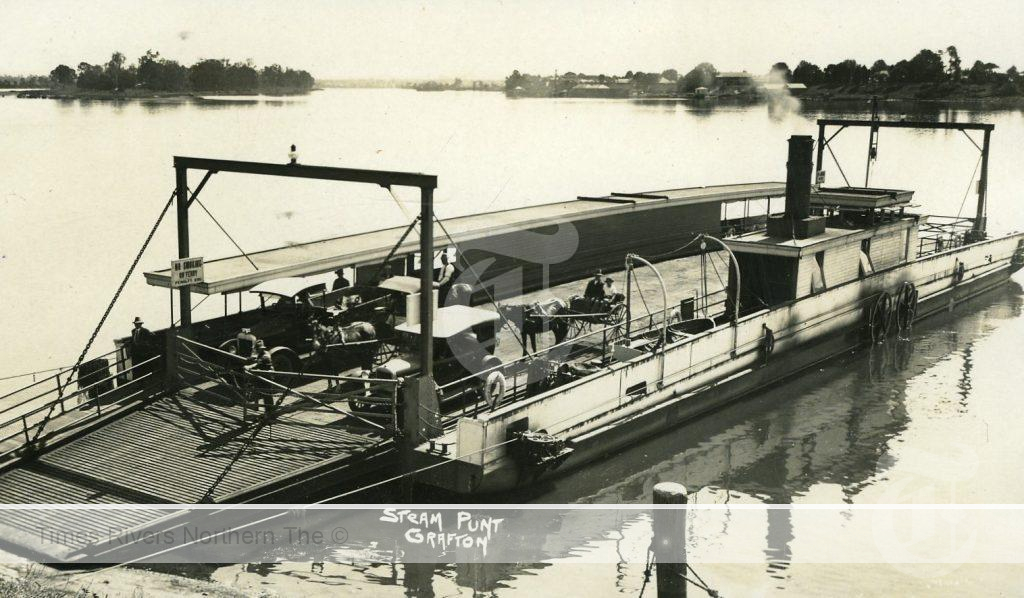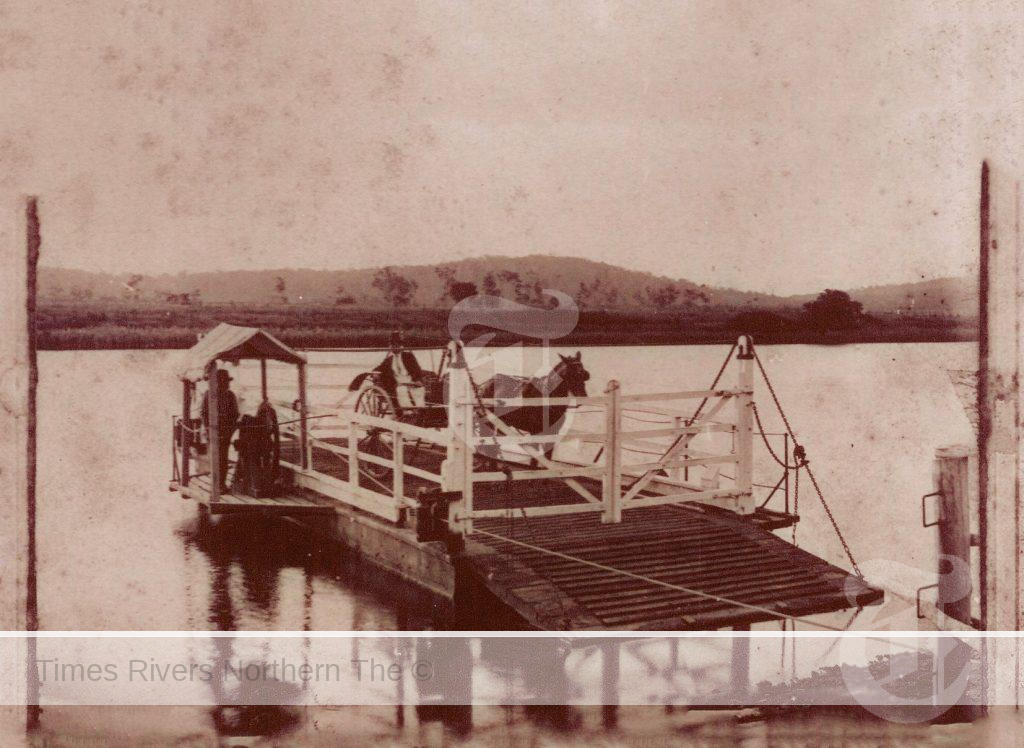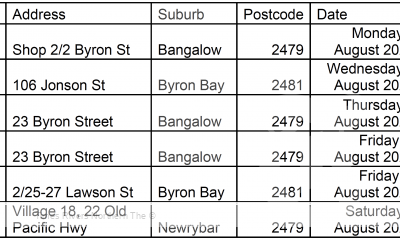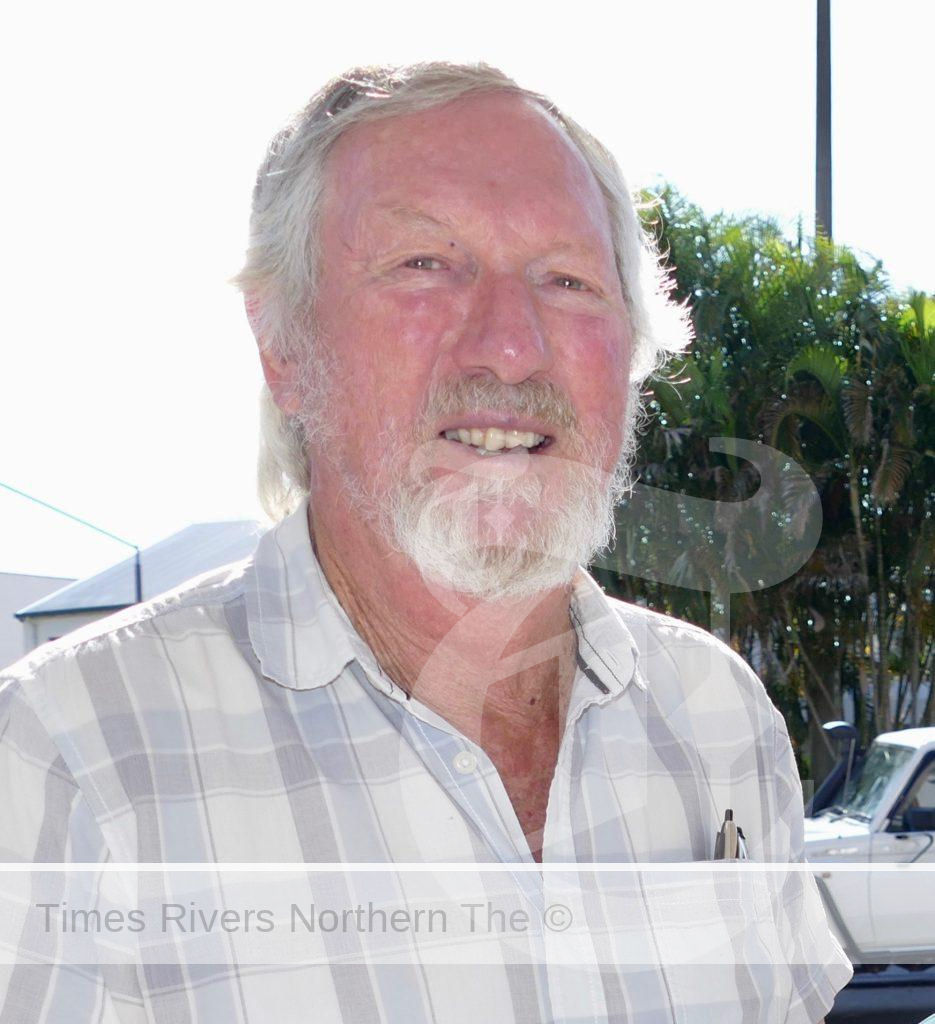Ferry’s demise inspires ferry exhibition
By Tim Howard
Just months after the controversial closure of the 130-year-old ferry crossing at Ulmarra the Clarence is about to get a reminder of the importance of river crossing in the regions.
On Thursday the Clarence River Historical Society will open its latest exhibit: Vehicular Boats of Grafton, South Grafton and Surrounds.
Society president Steve Tranter said the exhibition had been inspired by the demise of the Ulmarra Ferry and a need the society saw to celebrate the importance and history of crossing the region’s waterways.
He said Transport for NSW had been keen to memorialise the ferry and had made available some artefacts from the 70-year-old vessel decommissioned in June.
“They offered us the anchor, but that would have been too large and bulky,” he said.
“But they have provided the ferry lighting system, a set of lights that changed colour depending on which direction the ferry was heading.”

Ulmarra Ferry
He said the exhibition would also feature a lot of information on the history of ferries in the Clarence.
“Vehicular boats provided a service from roughly 1859 to 1932 and over that long period of time saw the changing face of transport,” he said.
Before then the rowing boat was king as the growing population in Grafton and South Grafton sought ways to get themselves and good across the Clarence River.
“In those times and you either paid the owner to cross with your possessions or if you were wealthy, you would employ someone to ferry you across in a boat that you owned, possibly a servant of yours,” Mr Tranter said.
“Where your possessions were too big to be contained in a small boat, rafts have been documented as being used in early times.”
Mr Tranter said the society’s records revealed some surprising developments in ferry transport from the time of the first specialised vehicular ferry in 1861.

Ulmarra Ferry
“The first specialised vehicular ferry was introduced in 1861,” he said.
“It was worked by hand with Charles Matthews in charge and replaced an 1859 makeshift that was propelled across the river by hauling on a thick hemp or coir rope.
“In 1867 this punt was replaced by a steam vehicular ferry which arrived by ship from Sydney in pieces and was then assembled at the foot of Villiers Street before being launched.
John Kilton Andrews was the new punt’s master, but, in Bates and Mackey’s words, it ‘wasn’t very popular with residents as it was very noisy and could be heard for miles away and when it started it sent clouds of black soot all over its passengers’.
“The reason why it was so noisy was that its engine drove a cog which engaged what the Clarence and Richmond Examiner’s first editor described as ‘a great clanking chain’.
“It does not take much imagination to appreciate the rattling of the chain as it was guided by runners to engage, like a great bicycle chain, with the grinding teeth of the steam-driven cog.

Ulmarra Ferry
“Another account says that: ‘Sometimes the chain gave way under the strain and punt and passengers would find themselves adrift and helpless on the broad Clarence.’
“This chain-driven punt lasted less than a decade, and by 1869 Andrews was in charge of a steam punt in which the inefficient chain drive had been replaced by a cable-operated mechanism.
Mr Tranter said the exhibition contained many fascinating tales such as this that showed how the ferry services developed in the regions and brought to life the characters who had made history in the Clarence.
Mr Tranter said the exhibition would open on Thursday at 10am at the Schaeffer House Museum, 190 Fitzroy Street.
“The e public is invited to visit the Museum and see the new display on Vehicular Boats that crossed the Clarence River from early European settlement times to 1932 when the opening of the Grafton Rail and Road Bridge brought the service to an end,” he said.





 Tweed Shire News2 years ago
Tweed Shire News2 years ago
 Motoring News2 years ago
Motoring News2 years ago
 COVID-19 Northern Rivers News3 years ago
COVID-19 Northern Rivers News3 years ago
 COVID-19 Northern Rivers News3 years ago
COVID-19 Northern Rivers News3 years ago
 Northern Rivers Local News3 years ago
Northern Rivers Local News3 years ago
 Health News3 years ago
Health News3 years ago
 COVID-19 Northern Rivers News3 years ago
COVID-19 Northern Rivers News3 years ago
 NSW Breaking News3 years ago
NSW Breaking News3 years ago





























